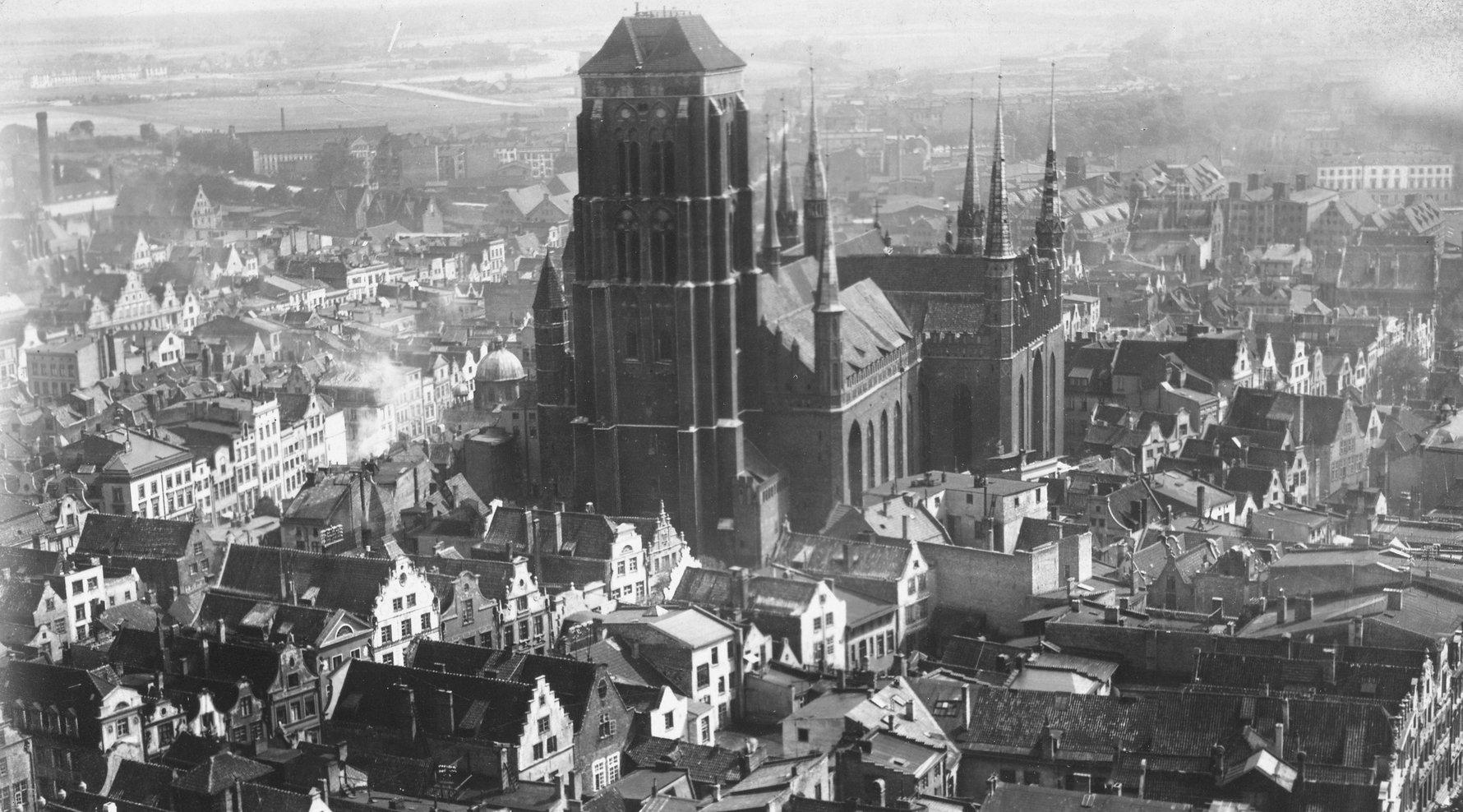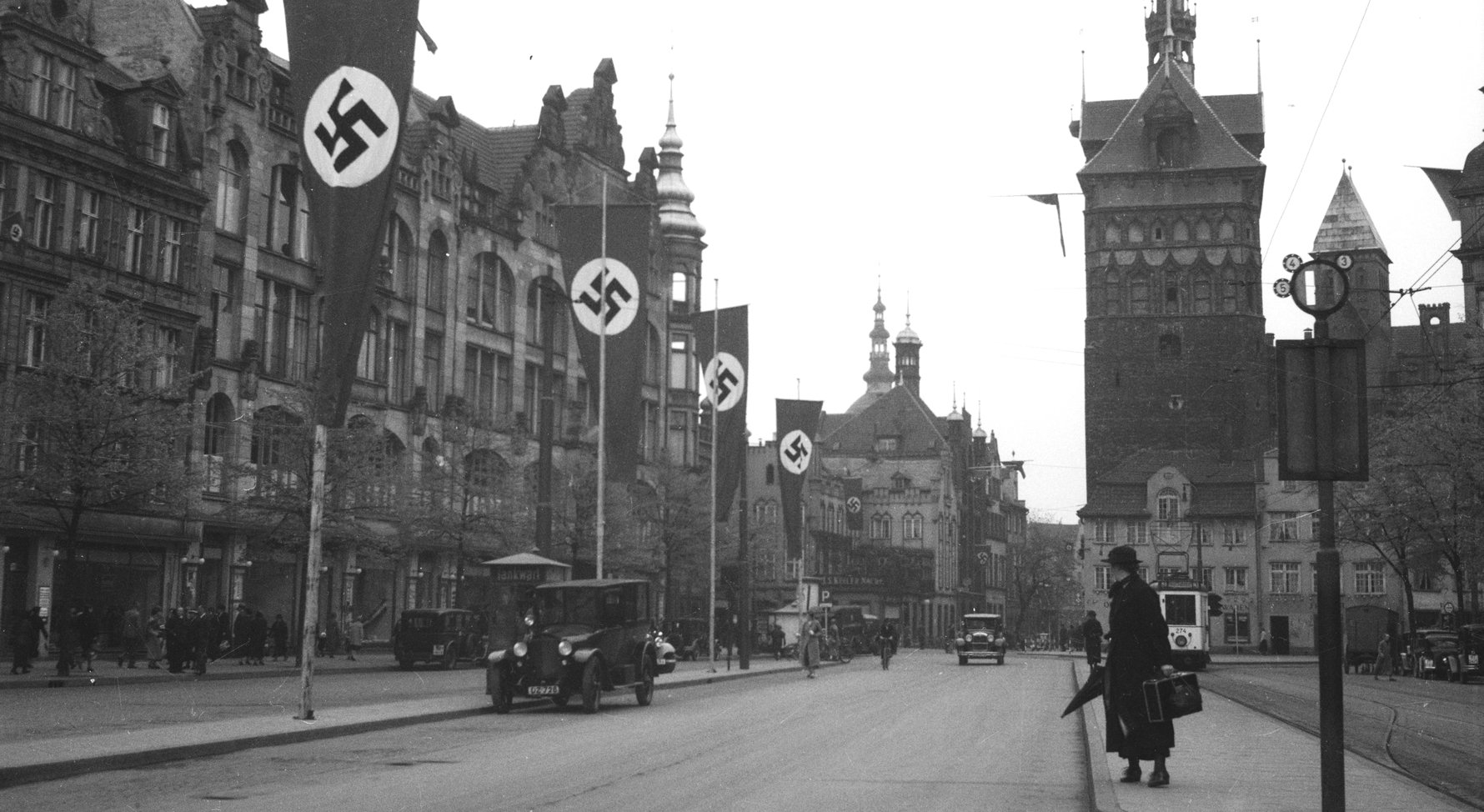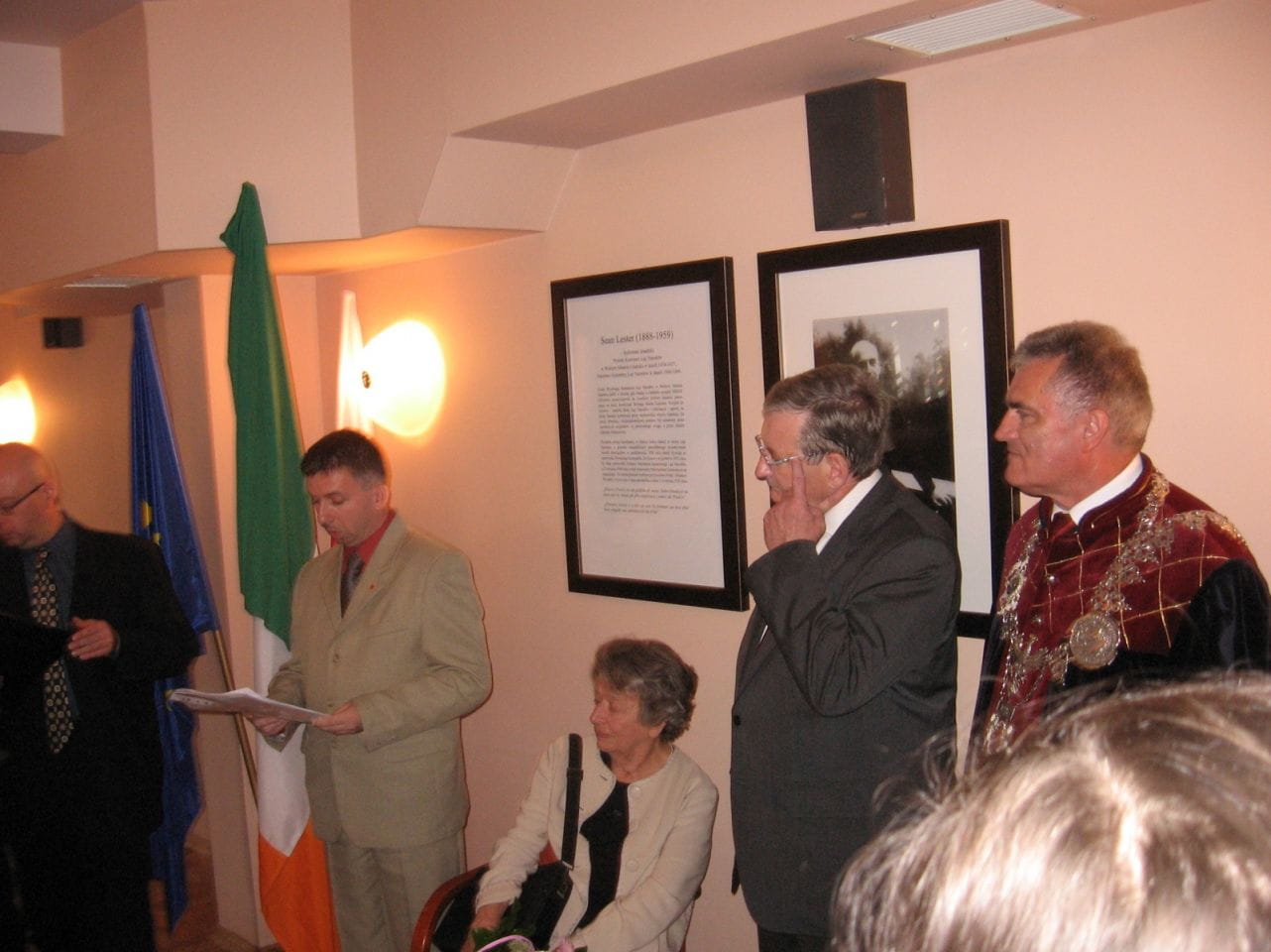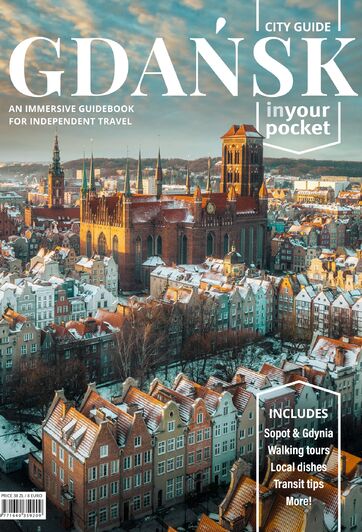For centuries Gdańsk/Danzig was probably the most cosmopolitan city in this part of the world. As is documented elsewhere in this guide over the years, strong traditions developed here from the three native populations - German, Polish, Kashubian – while at the same time peoples from further afield left their mark amongst them Scandinavians and Scots. A little known story came to light during 2010 when a room in what is now the town hall was renamed in honour of an Irishman who played an important role in the politics of inter-war Gdańsk but had been largely forgotten by both the Irish and Poland.

Early Life (1888 - 1918)
Born in Country Antrim in Ireland in 1888, the son of a grocer, Seán Lester was the rather unusual combination of a Protestant Republican in his younger years becoming a member of the Irish Republican Brotherhood (IRB). After the war of Irish Independence (1919-1921) Lester became a member of the government of the newly-born Irish Free State joining the Department of External Affairs in 1923. Posted to Geneva to represent the Irish Free State at the League of Nations (the forerunner of today’s United Nations), Lester quickly impressed the League with his diplomatic abilities, where he was recognized as a strong character, capable of understanding various points of view and negotiating settlements, a talent he demonstrated in bringing the resolution to two wars in South America.

This brought him to the attention of the Secretariat who had an urgent need of someone to fill one of their most challenging posts – that of High Commissioner to the League of Nations controlled Free City of Danzig (Freistadt Danzig).
Seán Lester in The Free City of Danzig (1934-1937)
Following their defeat in WWI the German nation was forced to cede large parts of its land to its neighbours. A significant part of these were returned to the re-born Polish state which re-appeared on the map of Europe after 123 years during which it had been partitioned by Prussia (later Germany), Russia and the Austro-Hungarian empire. Naturally, these were areas of great contention, none more so that the important strategic city of Danzig (Polish Gdansk). The city, with its large German population, was a target for both Poland and Germany and eventually a compromise (some would claim a rather poor and useless one) was agreed and ratified in the Treaty of Versailles (1919) which placed the city and surrounding lands under the control of the newly created League of Nations. By the time Lester arrived in 1934, the Nazis were in power in both Germany and the Free City government and the compromise was close to collapse.
Read our article: What Was The Free City Of Danzig?
So badly was the League viewed by both Nazi Germany and Poland, that just two days after Lester arrived in Danzig, they signed a treaty effectively bypassing the League. Lester became a witness to the growth of Nazi policy in the city and unlike most of his predecessors, tried to defend the rights of the minority groups in the city. His defence of these minorities, amongst them Poles and Jews, and their right amongst other things to publish newspapers and to exercise free speech were key to preventing the Nazi party winning the two-thirds of the vote in the 1935 election which would have allowed them to introduce a National Socialist constitution in the Free City’s Government. Lester recognised the dangers posed by the rise of the Nazis and offered the League the opportunity to deliver a severe blow to them when he proposed elections should be re-run at a time when the Nazi party’s popularity had dropped to around 25%. The powers behind the League, including the British, French and Polish decided not to provoke Hitler by allowing an election that would have been the first democratic rejection of Nazism. So incensed was Hitler by Lester that he demanded the removal of Lester from his post in 1936. A British contemporary at the time half-joked that Lester ‘is the most hated man in the Third Reich’. Hitler did eventually succeed and in 1937 Lester resigned his post, returning to Geneva to become Deputy Secretary-General of the League.

After Danzig
Becoming the Secretary-General in 1940, Lester continued the work of the League throughout the war and passed over the workings of the League to its successor, the United Nations in 1947. Despite strong lobbying to get him to run for the position of President in the newly created Irish Republic, Lester retired to Galway where he died in 1959.
Today
His work and bravery were largely forgotten both in Gdańsk and in Ireland until a couple of relatively recent events brought him back into the public eye. The Irish Ambassador to Poland, Declan O’Donovan, along with members of Lester’s family, raised the topic with Gdańsk City Council leaders for some kind of symbol of remembrance for the role he played in the city’s history. The city offered to rename one of the rooms in the New Town Hall, itself the former residence of the League of Nations High Commissioner, in honour of Sean Lester and this was officially opened in August 2010 at a ceremony attended by the President of Gdansk Paweł Adamowicz, the Irish Ambassador, city council members and also Lester’s family. This included Lester’s daughter Ann Gorski who recalled how her father’s actions had resulted in the family being shunned by friends, their phones tapped, their staff forming part of the Nazi surveillance of them and how Nazi rallies very deliberately used to pass by the house on Saturdays and Sundays. Mrs. Gorski was visiting her childhood home for the first time in over 70 years. Although the building is not officially open to tourists, as a public building it is possible to pop your head inside to admire both the building and the room named after Sean Lester, which can be found one level below the ground floor and has a small memorial to the man.

A Poland-based Irish historian, Paul McNamara, has written the story of Sean Lester, Poland and the Nazi takeover of Danzig published by Irish Academic Press Ltd. It can be purchased from amazon.com.





Comments